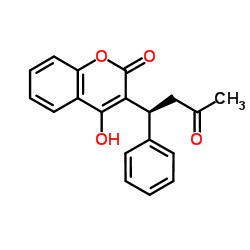| Structure | Name/CAS No. | Articles |
|---|---|---|
 |
(S)-(−)-Warfarin
CAS:5543-58-8 |
|
 |
Warfarin
CAS:5543-57-7 |